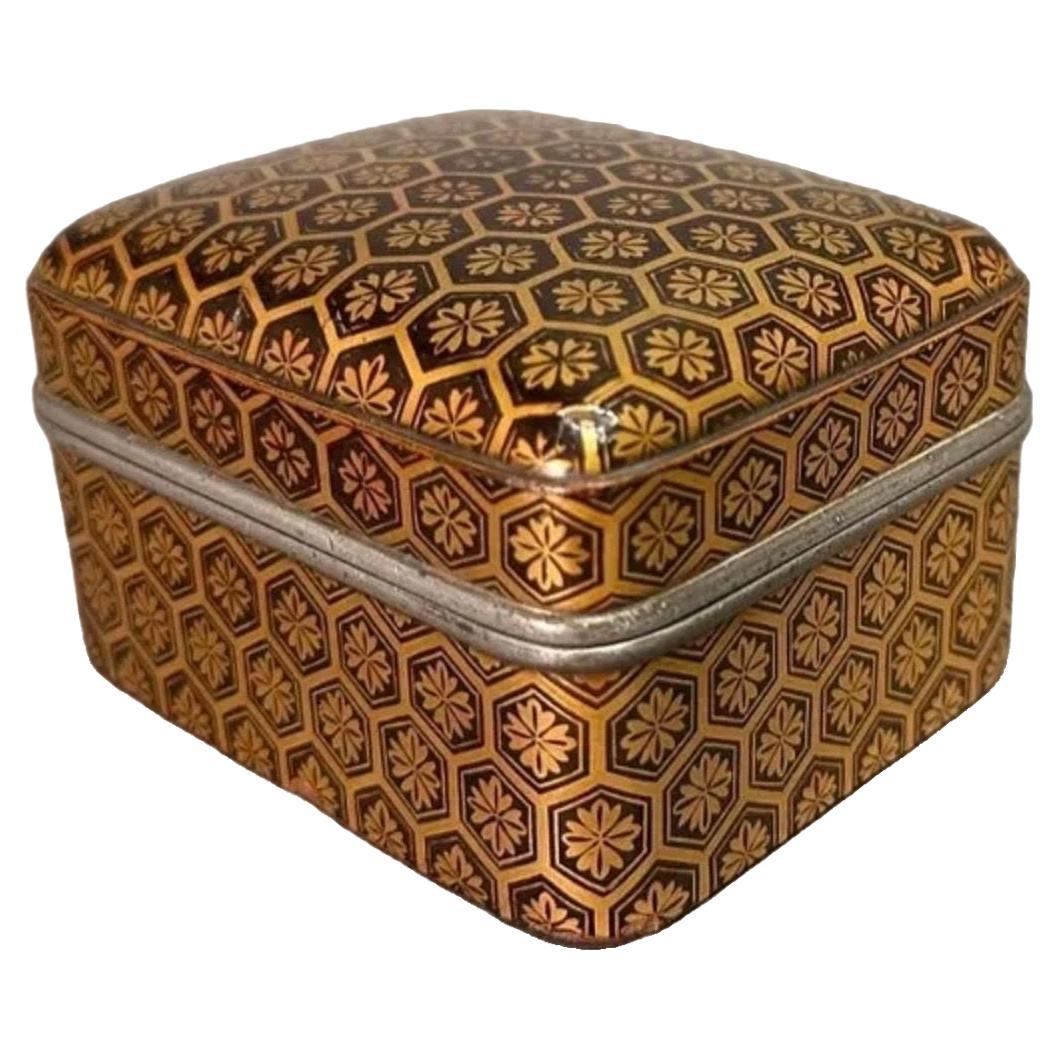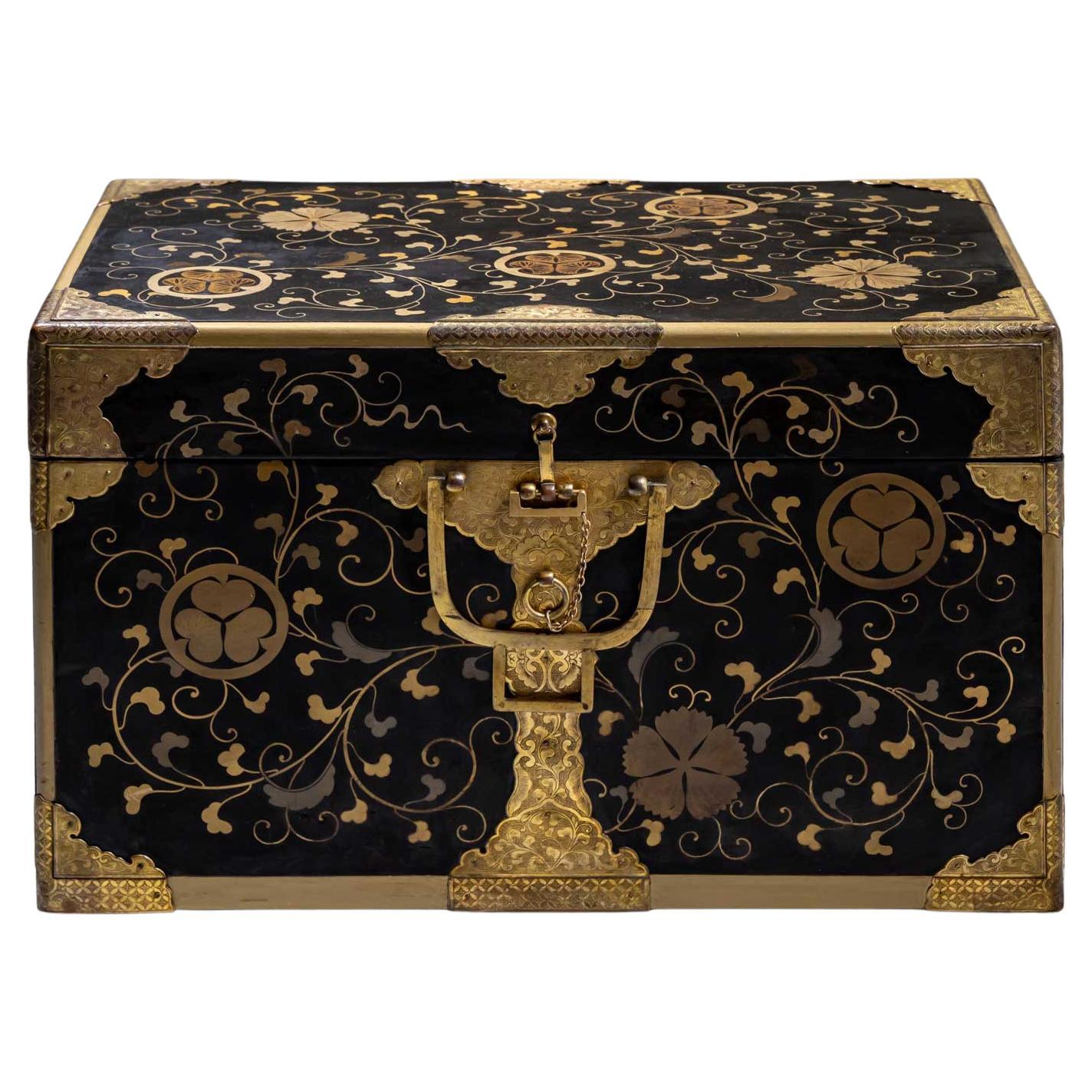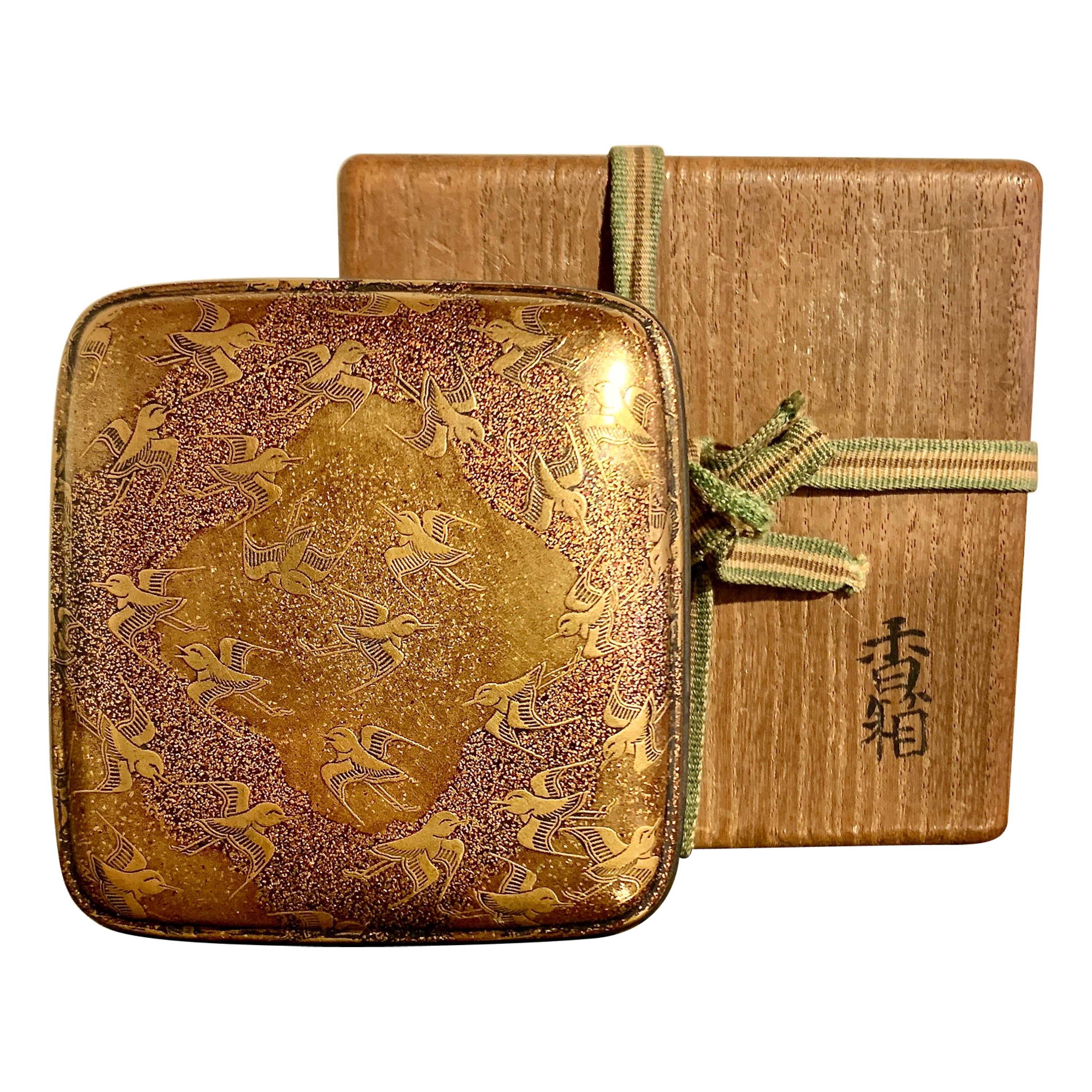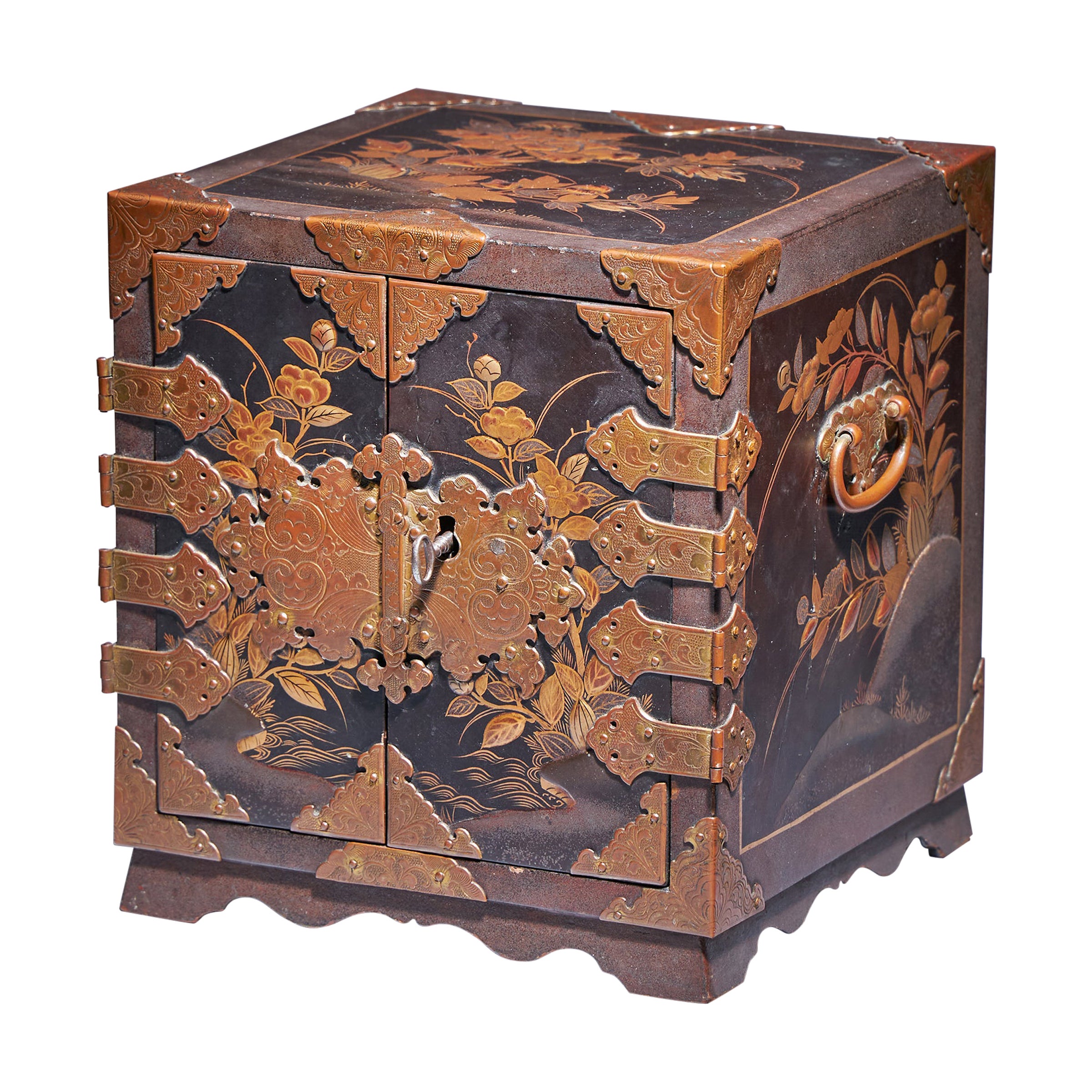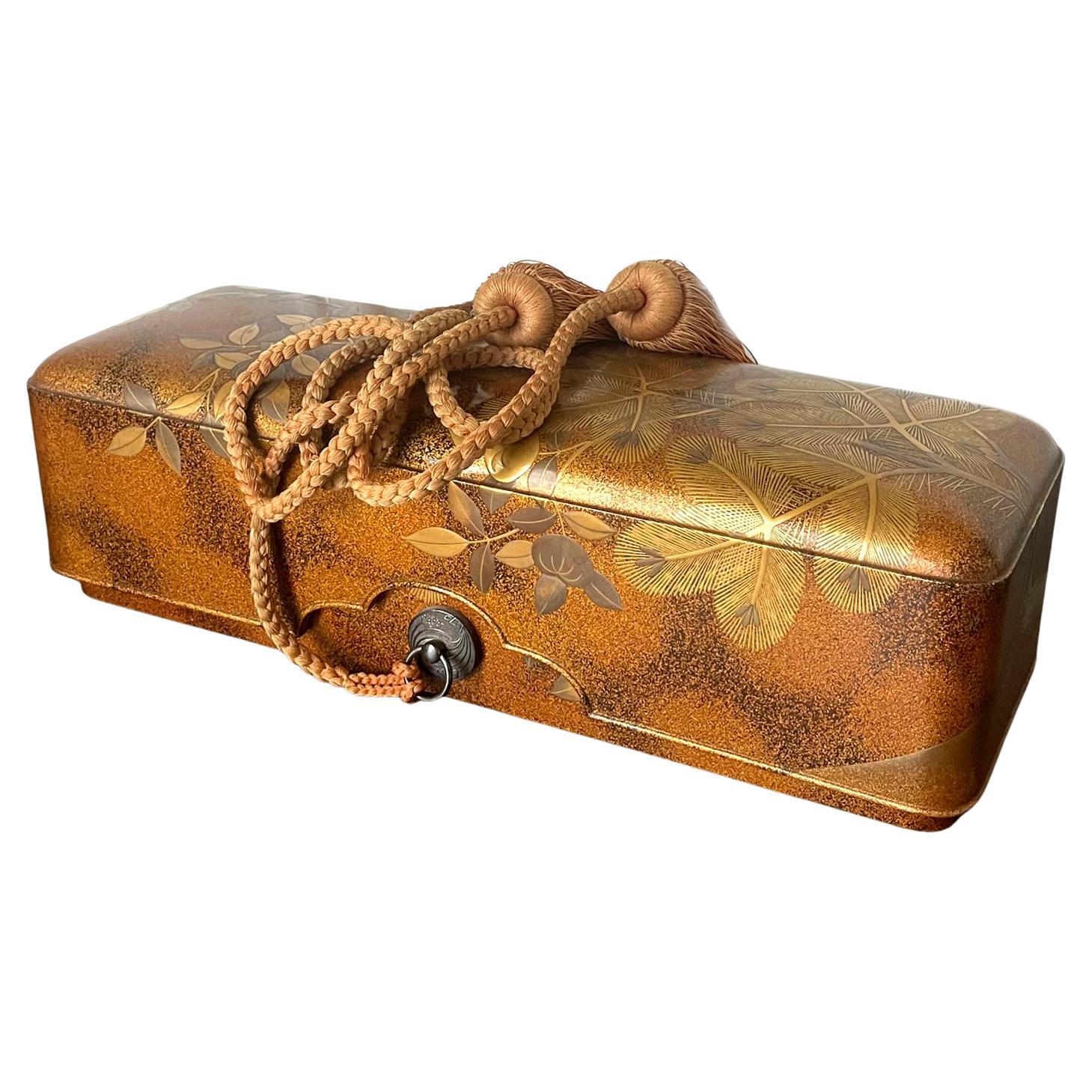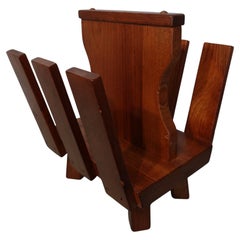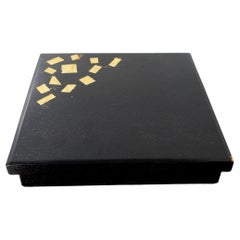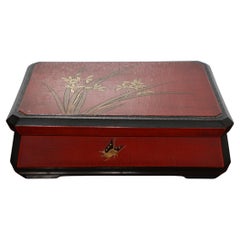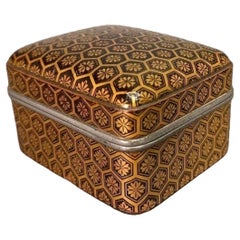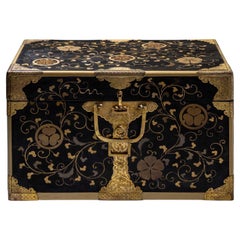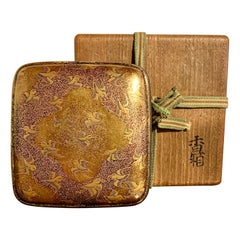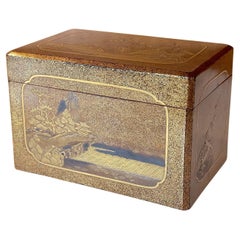Items Similar to Japanese 18th Century Tsukinami-e 6 Panel Floor Screen, Edo Period
Want more images or videos?
Request additional images or videos from the seller
1 of 21
Japanese 18th Century Tsukinami-e 6 Panel Floor Screen, Edo Period
About the Item
A Japanese 18th Century Tsukinami-e 6 Panel Floor Screen depicts the Activities of the Twelve Months of the Year, mineral pigments on gold leaf, mounted on wood panels with 6 frames of faux bamboo forms and hinged together. There are 6 panels total expressing the activities of each month of the court life in Kyoto of the 18th century, 4 scenes on each panel, and 2 scenes describing each month. A total of 24 scenes to complete the whole story for this artwork.
There are more than 275 figures in the paintings and you can see many traditional Japanese customs with hundreds of different suits of Kimonos in numerous designs accompanied with rich colors, and attractive patterns to fit the different ages and sexes. These figures are presented in a vast of interesting postures by walking, running, sitting, laying, hugging, working, singing, talking, drinking, bowing, selling, buying, napping, sleeping, resting, chasing, watching, thinking, playing, asking, dressing, writing, cooking, serving, gossiping, and playing musical instruments, and much more in doing something in the everyday activities. In addition to the hundreds of figures, there is more to see such as architecture in building design, types of furniture of tables, desks, and book stands, bonsais, plants, trees, flowers, landscaping, wall decorations, candle stands, oil lamps, carrying lanterns, lacquer boxes, house appliances, supplies of kitchen wares, water buckets, and so forth. You can also find some charming decorated objects for the top portions of human bodies, such as hats, and many beautiful colorful head fabrics plus footwear and umbrellas. This is a great resource for researching Japanese culture in its history, so much to see, learn, and chart to fulfill excitement about ancient life in Japan.
Tsukinami-e (literally, "pictures of months in sequence") illustrate the typical activities and festivals throughout the year. Beginning in the tenth century, the subject became an event most important for secular painting in Japan, and it remained popular among the members of all schools of painting through the Edo period. This artwork by an anonymous artist depicts the monthly events integral to the lives of Kyoto citizens.
Japan lost the war from WWII. This item was Possibly purchased from Yamanaka & Co. All the properties that belonged to Yamanaka & Co. were taken to the auction and sold.
Period: Edo period (1615–1868)
Date: 18th century
Culture: Japan
Dimensions: 2 panels in 22.5" W x 65" H ; 4 panels in 25" W x 65" H
Classification: Paintings
Condition: Overall in good condition, 2 visible lines on the panels, please see the pictures.
- Dimensions:Height: 65 in (165.1 cm)Width: 25 in (63.5 cm)Depth: 2 in (5.08 cm)
- Sold As:Set of 6
- Style:Edo (Of the Period)
- Materials and Techniques:
- Place of Origin:
- Period:
- Date of Manufacture:18th Century
- Condition:Repaired: 2 visible lines on the panels, they might be the broken parts of the paper and put back, please see the pictures. Wear consistent with age and use. Minor fading. Wear consistent with age and use.
- Seller Location:Norton, MA
- Reference Number:1stDibs: LU5848239677432
About the Seller
5.0
Gold Seller
Premium sellers maintaining a 4.3+ rating and 24-hour response times
Established in 2000
1stDibs seller since 2021
108 sales on 1stDibs
Typical response time: 2 hours
- ShippingRetrieving quote...Shipping from: Norton, MA
- Return Policy
Authenticity Guarantee
In the unlikely event there’s an issue with an item’s authenticity, contact us within 1 year for a full refund. DetailsMoney-Back Guarantee
If your item is not as described, is damaged in transit, or does not arrive, contact us within 7 days for a full refund. Details24-Hour Cancellation
You have a 24-hour grace period in which to reconsider your purchase, with no questions asked.Vetted Professional Sellers
Our world-class sellers must adhere to strict standards for service and quality, maintaining the integrity of our listings.Price-Match Guarantee
If you find that a seller listed the same item for a lower price elsewhere, we’ll match it.Trusted Global Delivery
Our best-in-class carrier network provides specialized shipping options worldwide, including custom delivery.More From This Seller
View AllAntique 18th Century, Georgian Cutlery Open Caddy
Located in Norton, MA
Antique 18th Century English oak cutlery caddy with an elegant form.
Category
Antique 18th Century American Decorative Boxes
Materials
Wood
Japanese late Meiji period Large Organizer Lacquered Box, Ric.053
Located in Norton, MA
Japan, late Meiji period or later, a large black square organizer box and cover, decorated with geometric squares in gold on the cover
Category
Antique 19th Century Japanese Decorative Boxes
Materials
Lacquer
Japanese Carved Bone Woven Basket Inro, early 20th Century
Located in Norton, MA
Intricately carved inro in the form of a woven basket. Quality craftsmanship. Opens into two pieces, held together with a rust-red silk string. Made of nat...
Category
Early 20th Century Japanese Decorative Boxes
Materials
Bone
Japanese late Meiji period A Large Organizer Red Lacquered Box, Ric.052
Located in Norton, MA
Japanese late Meiji period A Large Organizer Red Lacquered Box, decorated with irises and butterflies in gold and black.
Category
Antique 19th Century Japanese Decorative Boxes
Materials
Lacquer
Japanese Carved Bone Floral Birds Inro, signed early 20th Century
Located in Norton, MA
Nicely carved Inro with birds and flowers. Quality craftsmanship. Hand-carved pierced sides and top. Opens into two pieces, held together with a rust-red s...
Category
Early 20th Century Japanese Decorative Boxes
Materials
Bone
Japanese Carved Bone Pillbox Inro
Located in Norton, MA
Presenting an astonishing Japanese Antique Carved Bone Pillbox Inro, museum quality with the amazing carving skill depicting rats on the lid and body and the relief weaved basket pat...
Category
Early 20th Century Japanese Decorative Boxes
Materials
Bone
You May Also Like
A Japanese Edo Period Lacquer Kogo (Incense) Box, late 17/early 18th Century
Located in Spencertown, NY
Early Japanese Lacquer Incense Box (Kogo) Late 17thc. Of rectangular form with soft corners, decorated with a diaper pattern in gold lacquer on a brownish black ground, with pewter r...
Category
Antique 17th Century Japanese Edo Decorative Boxes
Materials
Pewter
Japanese Lacquer Chest, Edo Period
Located in Greding, DE
Small rectangular Japanese chest with gold lacquer decoration in the form of leaf tendrils. The chest is decorated with cut-out and ornamentally engraved fittings on the corners and ...
Category
Antique 18th Century Japanese Edo Decorative Boxes
Materials
Brass
Japanese Lacquer Incense Box, Kogo, Momoyama or Edo Period, 16th/17th Century
Located in Austin, TX
A wonderful Japanese lacquer incense box, kogo, with a design of plovers in flight, late Momoyama or early Edo Period, circa 1600, Japan.
The small box, called a kogo, was used to s...
Category
Antique Early 17th Century Japanese Edo Lacquer
Materials
Gold, Pewter
Exquisite Japanese Lacquer Maki-e Hand Box Kobako Edo Period
Located in Atlanta, GA
An early Japanese lacquer Maki-e decorated kobako (small storage box) circa 18th century (Edo period). Based on its form and size, this kobako was possibly used as a Chabako to store the accoutrements for chado (tea ceremony). The lidded box is of rectangular form with bevel design on all edge that softens the appearance. The entire surface was densely covered with a background of nashiji. Elaborate Maki-e techniques were used on each side to showcase a distinct landscape or floral design within a cartouche panel. On the surface of the lid, a mountainous landscape rises from the edge of the water. The poetic composition is akin to a traditional ink scroll...
Category
Antique 18th Century Japanese Edo Lacquer
Materials
Lacquer
Important Early Edo Period 17th Century Miniature Japanese Lacquer Cabinet
Located in Oxfordshire, United Kingdom
A Rare and Important 17th Century Miniature Japanese Lacquer Cabinet, 19 cm H, 17cm W, 16.5cm D.
The exquisitely decorated cabinet depicts fine floral raised scenes to each side. l...
Category
Antique 17th Century Decorative Boxes
Materials
Lacquer
Japanese Lacquer Maki-E Scroll Box Fubako by Kansonsai Edo Period
Located in Atlanta, GA
A Japanese lacquered wood fubako (a box to store document or small scroll painting) circa late 18th century of Edo period. The rectangular box features a deep lid with rounded corners and recessed mid-edge and a lower box with two bronze medallion rings and tasseled silk ties. The surface of the fubako was elaborately decorated with hiramaki-e and a low takamaki-e on a mottled Mura-nashiji background. The motifs on the lid depict branches of Japanese pine with finely rendered needles on the lower part; on the upper part, it showcases fruited persimmon branches. Two different shades of gold fundame were used to contrast the design and augmented by scattered gold kirigane to highlight some of the leaves. The design continues and cascades down to all sides of the lid as well as the walls of the box. The two bronze medallions appear original to the box and the silk ties show significant fading from the age. This Fine fubako is signed on the lower wall "Kanshosai" in Kanji with a kao mark. All the trims were finished in gold fundame and the interiors a dense nashiji in gold.
Kanshosai is the mark of the distinguished lacquer artist Lizuka Toyo I who also signed his work "Toyosai". He was active in the second half of the 18th century during Edo period, employed by Hachisuka Shigeyoshi (1738-1801), daimyo of Awa on Shikoku Island. Although most survived work bearing his marks are inros, he was also known to decorated trays and other larger objects...
Category
Antique Late 18th Century Japanese Edo Lacquer
Materials
Wood, Lacquer
Recently Viewed
View AllMore Ways To Browse
Charming 6
Antique Kitchen Box
Antique Wall Box
Antique Fabric Panel
Box On Stand Tables
Gold Box Desk
Sex Furniture
Antique Instrument Box
Japanese Wall Fabric
Japanese Wall Panels
Antique Wall Wood Boxes
Japanese Screen Table
Painted Floor Screen
Japanese Wood Desk
Floor Flower Stand
4 Panel Lacquered
Drink Boxes
Plant Stand Lamp
